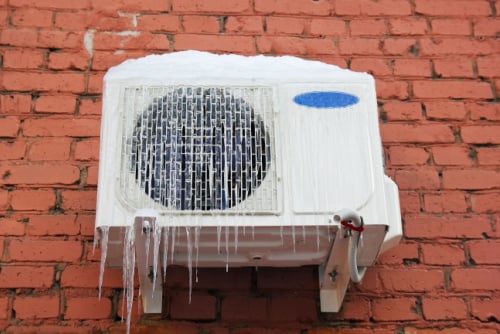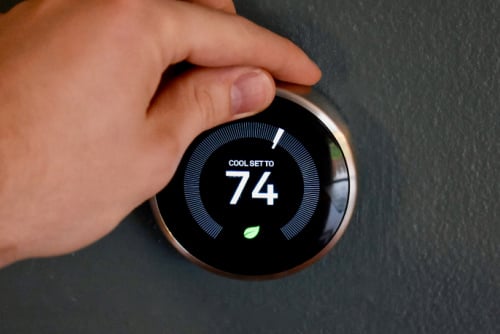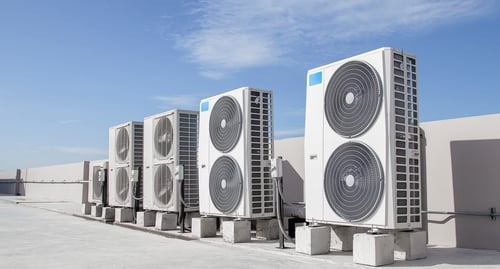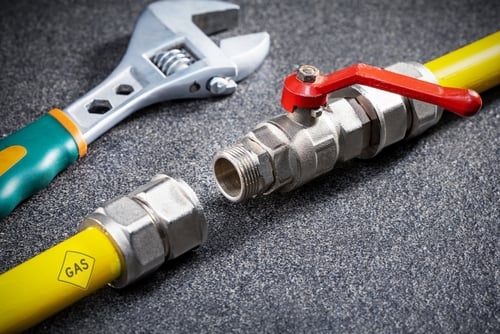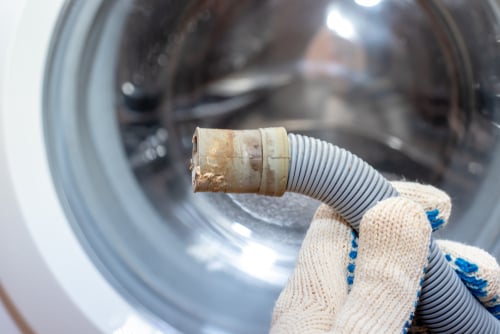Don’t let a blown fuse intimidate you. Replacing a fuse is a relatively easy, do-it-yourself home task that you can tackle with a little information and some electrical home safety savvy.

If your home has a fuse box, the best advice is to plan ahead and become familiar with the electrical panel and with the types of fuses it requires.
Locate Your Electrical Panel
Know the location of your home’s electrical panel. This is command central for your home's electrical system, and the panel is usually located behind a small metal door or box. You can also locate these panels in the garage, attic, basement, storage room, laundry room, utility room, or hallway. In older homes, the electrical panel may be outside, possibly near your electric meter box. Some large homes may even have more than one electrical panel.
If you can’t find it and you had a home inspection performed prior to purchasing the property, refer to your inspection report, which may list the electrical panel location. Or, you can ask the builder if you know who that is. If all else fails, a professional electrician can help you find the panel. Wherever your electrical panel is located, take care not to block it with boxes, shelves, or furniture. You’ll want easy, quick access to it if something goes wrong. It’s also helpful to keep a battery powered flashlight or lantern near the electrical panel so you can see what you are doing if it’s dark from a power loss.
See What's Inside
When you open the electrical panel door, you can see whether you have fuses or circuit breakers. Fuses are round and screw into sockets, while circuit breakers look like a series of switches or levers. Whichever your electrical panel employs, make sure each circuit breaker or fuse is clearly labeled and identifies which zone or area of the home it controls. Clear, detailed labeling will save you time in locating and fixing a blown fuse.
Determine whether the fuse is blown.
How do you know if you have a blown fuse? Here are a couple of hints:
- Usually, the power goes out in a certain area of your home rather than going out throughout the entire structure.
- Oftentimes, the area loses power when you are running several electrical appliances and turn on another. This overload can cause a fuse to blow.
It’s important to remember that the blowing of a fuse, or the tripping of a circuit breaker, is actually a built-in safety precaution for your home that disrupts electrical flow and helps to prevent overloaded wiring from causing a fire. What may seem like a nuisance or an inconvenience is actually helping to keep your home safe.
3 Steps on How to Fix a Fuse:
- Turn off the lights and unplug appliances in the part of the house that has lost power. This helps ensure that you won’t overload the new replacement fuse, too. Always practice electrical safety when performing any home repairs, and never attempt an electrical repair if you have any doubts about your knowledge or abilities. It’s better to call in a qualified electrician than to have an accident. Some common sense safety precautions include making sure your hands are dry and not standing in water when performing electrical work or when accessing your electrical panel. It’s also a good idea to wear gloves and rubber soled shoes when working at the electrical panel, and to remove any jewelry. Safety glasses are recommended to protect your eyes in case you encounter any electrical sparks.
- Turn off the main power switch to disconnect power to the fuse box. Now, you need to locate the blown fuse. Check the labeled area that corresponds to the part of the house that lost power. A blown fuse may be discolored, cloudy, or have a melted or broken metal piece inside. With the main power still off, unscrew the blown fuse and remove it. It’s important to replace the fuse with another of the same size, type, rating, and amperage. Never replace a blown fuse with one of a higher amperage, which can be dangerous or can cause damage to your electrical panel wiring. You can take the blown fuse to a hardware or home store for help in getting an exact replacement. Consider keeping extra fuses on hand so you’ll have them when you need them. Screw the new fuse into the same electrical panel socket. (Never put anything other than a fuse into the fuse socket or holder.)
- Now, restore the main power to the electrical panel. If the fuse blows again, you’ll need to call a qualified electrician to perform an inspection. If the fuse is fine after reconnecting the main power, plug in a couple of electrical appliances or turn on some lights in the electrical zone controlled by the new fuse. If the fuse blows again, there may be a problem with a particular appliance or you may be overloading the fuse with too many electrical demands. Either unplug some items or call an electrician to discuss your increased electrical needs.
If you continually have blown fuses, you should have a professional electrician perform an inspection of your home to pinpoint the problem. Electrical wiring problems can potentially cause serious fire and electrocution hazards, so it’s better not to take a chance if there is any question in your mind about safety. If your home is over 50 years old, it’s particularly a good idea to have an electrician inspect the wiring to see if it’s safe and adequate to handle all the needs of today’s homeowner.
Ready to take the next step in home ownership? Frontdoor® offers a variety of ways to get things done. Whether you prefer connecting via video chat with trade industry Experts, receiving a list of vetted Pros for repairs, or utilizing our how-to library to DIY, we've got you covered.
With Frontdoor, completing tasks has never been easier, so why wait? Open the Frontdoor and start taking control of your home repairs.
Frontdoor assumes no responsibility, and specifically disclaims all liability, for your use of any and all information contained herein.
Was this article helpful?


